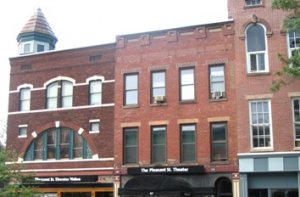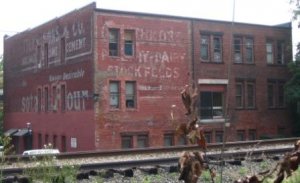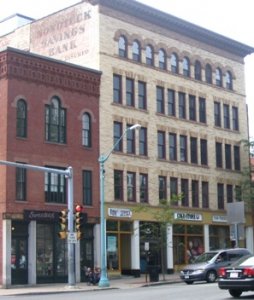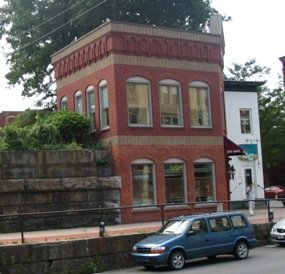I need bricks!
I'm having some difficulty finding a color for painting bricks. It seems like everything I try is either too red or too brown. I'm sure that I could concoct my own brick color by mixing paint, but I'd like to avoid that if possible. If I ran out of paint mid-building, it would be hard to try and match the color.
What does everyone use for brick colors?
I'm having some difficulty finding a color for painting bricks. It seems like everything I try is either too red or too brown. I'm sure that I could concoct my own brick color by mixing paint, but I'd like to avoid that if possible. If I ran out of paint mid-building, it would be hard to try and match the color.
What does everyone use for brick colors?














